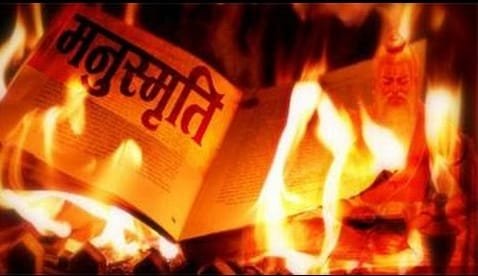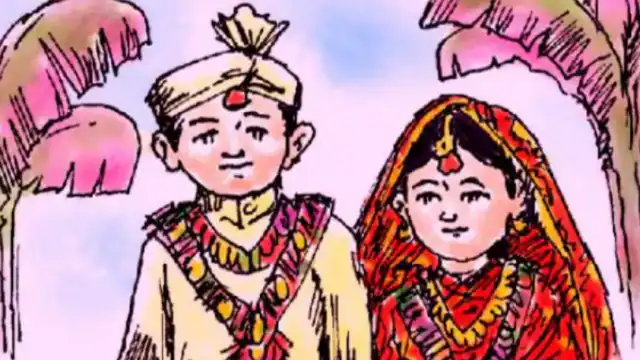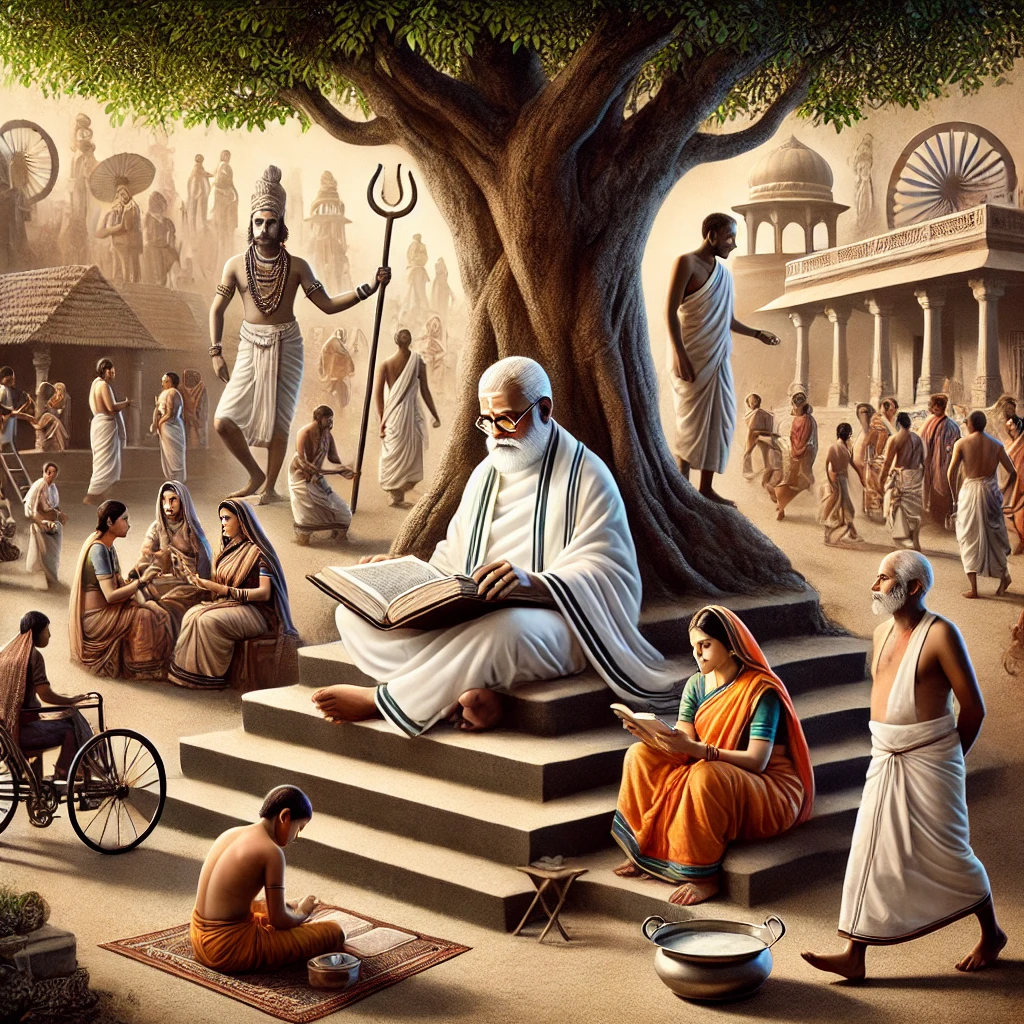Across India, Dalit communities and Ambedkarite groups marked Manusmriti Dahan Diwas, a day symbolizing their rejection of caste-based discrimination rooted in the ancient Hindu text, Manusmriti. The day commemorates the historic event of December 25, 1927, when Dr. B.R. Ambedkar, the chief architect of the Indian Constitution, publicly burned copies of Manusmriti in Mahad, Maharashtra.
The Story Behind the Protest
The Manusmriti is an ancient Hindu legal and social text that outlines the principles of the caste system. It places Brahmins at the top of the social hierarchy while relegating Dalits to the lowest strata, prescribing harsh and discriminatory rules against them. For Dalits, the text has become a symbol of oppression, representing centuries of caste-based exclusion and violence.
In a defiant act against this systemic oppression, Ambedkar burned the text in 1927, calling it “the symbol of inequality” and urging for a society based on liberty, equality, and fraternity. This act was part of the broader Dalit struggle for rights and dignity, including access to public spaces like water tanks and temples.
Why the Controversy Persists
While Dalits and progressive groups see Manusmriti as a relic of casteist oppression, some orthodox Brahmins and traditionalists argue for its preservation. They view the text as a cornerstone of Hindu tradition and societal order.
Critics of Manusmriti highlight its contradictions with modern democratic values enshrined in the Indian Constitution. Ambedkarites assert that Manusmriti is incompatible with a just society and advocate its complete rejection.
Modern-Day Significance
Manusmriti Dahan Diwas is observed annually to remind society of the struggle for caste equality. Events include rallies, discussions, and public readings of Ambedkar’s works, emphasizing the need to eradicate casteism.
“Manusmriti symbolizes the chains of caste oppression that continue to bind millions of Dalits even today. Burning it is a reaffirmation of our commitment to equality and justice,” said a participant at a rally in Ranchi.
The Way Forward
The debate over Manusmriti remains a microcosm of the larger conflict between tradition and progress in Indian society. While progressive groups push for a caste-free India, traditionalists argue for the preservation of ancient texts as part of cultural heritage.
The observance of Manusmriti Dahan Diwas serves as a stark reminder of India’s ongoing struggle to reconcile its ancient traditions with the principles of modern democracy.












